Why Microscope Is Important In Our Life ?
Microscopes are important in our lives because they allow us to see and study objects that are too small to be seen with the naked eye. They are widely used in various fields such as biology, medicine, chemistry, and materials science. In biology, microscopes enable us to observe and understand the structure and function of cells, tissues, and microorganisms. In medicine, they are essential for diagnosing diseases and studying the effects of drugs on cells and tissues. In chemistry, microscopes help in analyzing the composition and properties of materials at the microscopic level. They are also used in forensic science to examine trace evidence and in environmental science to study microorganisms and pollutants. Overall, microscopes play a crucial role in advancing scientific knowledge, improving healthcare, and enhancing our understanding of the world around us.
1、 Scientific Research and Discovery
The microscope is an essential tool in scientific research and discovery, playing a crucial role in various fields such as biology, medicine, chemistry, and materials science. Its importance lies in its ability to magnify and visualize objects that are otherwise invisible to the naked eye, enabling scientists to study and understand the intricate details of the microscopic world.
One of the primary applications of the microscope is in the field of biology. It allows scientists to observe and study the structure and function of cells, tissues, and organisms. By examining cells under a microscope, researchers can identify abnormalities, study cellular processes, and gain insights into the mechanisms of diseases. This knowledge is vital for the development of new treatments and therapies.
In medicine, microscopes are used for diagnostic purposes. Pathologists use microscopes to examine tissue samples and identify diseases such as cancer. Microscopic analysis also helps in identifying bacteria and parasites, aiding in the diagnosis of infectious diseases. Additionally, microscopes are used in surgical procedures, enabling surgeons to perform delicate and precise operations.
In the field of chemistry, microscopes are used to analyze the composition and structure of materials at the atomic and molecular level. This information is crucial for the development of new materials with specific properties, such as stronger and lighter alloys or more efficient catalysts.
Moreover, the latest advancements in microscopy technology have revolutionized scientific research. Techniques such as electron microscopy, confocal microscopy, and super-resolution microscopy have allowed scientists to visualize and manipulate objects at unprecedented levels of detail. These advancements have led to breakthroughs in various fields, including nanotechnology, neuroscience, and genetics.
In conclusion, the microscope is an indispensable tool in scientific research and discovery. Its ability to magnify and visualize the microscopic world has enabled scientists to make significant advancements in various fields. As technology continues to advance, the microscope will undoubtedly play an even more critical role in unraveling the mysteries of the universe at the smallest scales.
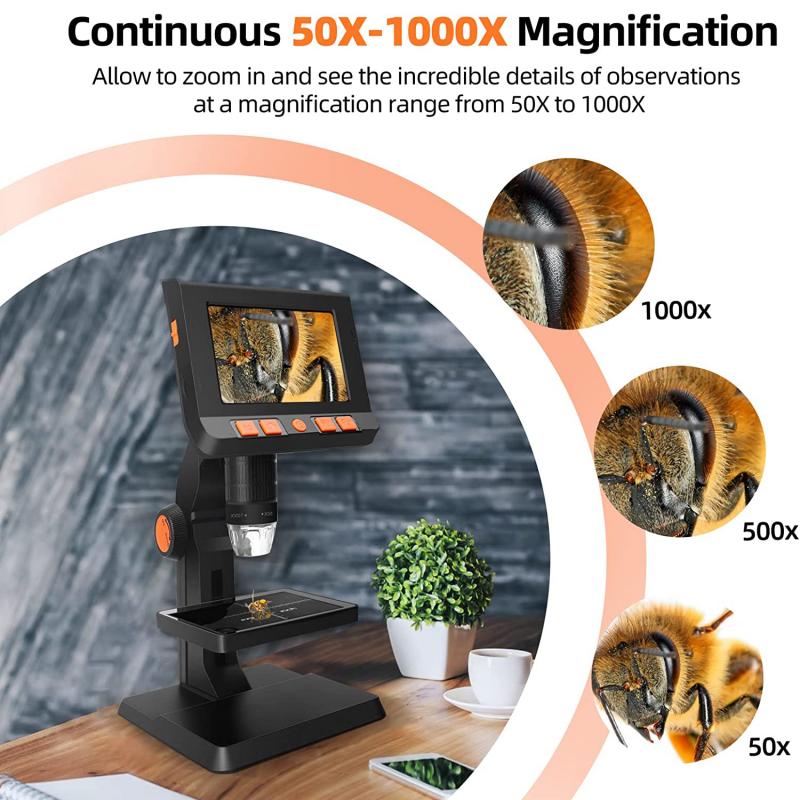
2、 Medical Diagnosis and Treatment
The microscope is an essential tool in medical diagnosis and treatment, playing a crucial role in the field of healthcare. It allows healthcare professionals to observe and analyze microscopic structures, aiding in the accurate diagnosis of diseases and the development of effective treatment plans.
One of the primary applications of the microscope in medical diagnosis is in the examination of tissue samples. By magnifying the cells and tissues, pathologists can identify abnormalities and determine the presence of diseases such as cancer. Microscopic analysis helps in distinguishing between benign and malignant tumors, enabling doctors to make informed decisions regarding treatment options.
Moreover, the microscope is instrumental in the field of microbiology. It allows scientists to study microorganisms such as bacteria, viruses, and fungi, aiding in the identification and understanding of infectious diseases. This knowledge is crucial for the development of appropriate treatment strategies, including the selection of antibiotics or antiviral medications.
In recent years, advancements in microscopy technology have further enhanced its importance in medical diagnosis and treatment. For instance, the development of digital microscopy has revolutionized pathology by enabling the sharing and analysis of images remotely. This has facilitated collaboration among healthcare professionals, leading to more accurate and timely diagnoses.
Additionally, techniques such as fluorescence microscopy and confocal microscopy have allowed for the visualization of specific molecules and structures within cells. This has opened up new avenues for research and the development of targeted therapies, particularly in the field of cancer treatment.
In conclusion, the microscope is of utmost importance in medical diagnosis and treatment. Its ability to magnify and analyze microscopic structures has revolutionized healthcare, enabling accurate disease diagnosis and the development of effective treatment plans. With ongoing advancements in microscopy technology, its significance in the field of medicine is only expected to grow further.

3、 Industrial Quality Control and Inspection
Microscopes play a crucial role in industrial quality control and inspection processes. They enable professionals to examine and analyze materials and products at a microscopic level, allowing for accurate assessment of their quality, integrity, and conformity to standards. Here are several reasons why microscopes are important in industrial quality control and inspection:
1. Defect detection: Microscopes help identify and analyze defects that may not be visible to the naked eye. This includes surface imperfections, cracks, scratches, and other irregularities that could compromise the quality and functionality of a product.
2. Dimensional analysis: Microscopes with measurement capabilities enable precise measurement of dimensions, ensuring that products meet the required specifications. This is particularly important in industries such as electronics, where even minor deviations can lead to significant performance issues.
3. Material analysis: Microscopes allow for the examination of material composition, structure, and properties. This is crucial in industries like metallurgy, where the quality and integrity of materials determine their suitability for specific applications.
4. Contamination identification: Microscopes help identify and analyze contaminants, such as particles, fibers, or foreign substances, that may be present on surfaces or within materials. This is essential in industries like pharmaceuticals and food processing, where contamination can have serious health and safety implications.
5. Process optimization: Microscopic analysis can provide insights into the effectiveness of manufacturing processes, allowing for optimization and improvement. By identifying areas of inefficiency or potential issues, manufacturers can enhance productivity, reduce waste, and ensure consistent quality.
6. Research and development: Microscopes are invaluable tools in research and development, enabling scientists and engineers to study and understand the microscopic properties and behavior of materials. This knowledge is crucial for developing new products, improving existing ones, and pushing the boundaries of innovation.
From a latest point of view, advancements in microscopy technology have further enhanced its importance in industrial quality control and inspection. For example, the development of digital microscopes and imaging software has enabled faster and more accurate analysis, as well as easier documentation and sharing of results. Additionally, the integration of artificial intelligence and machine learning algorithms with microscopes has opened up new possibilities for automated defect detection and analysis, improving efficiency and reducing human error.
In conclusion, microscopes are indispensable tools in industrial quality control and inspection. They enable professionals to detect defects, analyze materials, ensure dimensional accuracy, identify contaminants, optimize processes, and drive research and development. With the continuous advancements in microscopy technology, their importance in maintaining high-quality standards and driving innovation in various industries is only expected to grow.

4、 Environmental Monitoring and Analysis
Microscopes play a crucial role in environmental monitoring and analysis, providing scientists with the ability to observe and analyze microscopic organisms, particles, and pollutants that are often invisible to the naked eye. By magnifying these tiny components, microscopes enable researchers to gain a deeper understanding of the environment and its various processes.
One of the key applications of microscopes in environmental monitoring is the identification and analysis of microorganisms. Microbes are essential components of ecosystems, and their presence and behavior can provide valuable insights into the health and functioning of an environment. Microscopes allow scientists to study the diversity, abundance, and interactions of microorganisms, helping to assess the impact of environmental changes, pollution, and climate change on microbial communities.
Microscopes are also vital for the analysis of pollutants and contaminants in the environment. By examining samples at a microscopic level, scientists can identify and quantify pollutants such as heavy metals, microplastics, and harmful chemicals. This information is crucial for assessing the extent of pollution, understanding its sources, and developing effective mitigation strategies.
Furthermore, microscopes are essential for studying the impacts of environmental changes on organisms and ecosystems. For example, they enable scientists to observe the effects of climate change on coral reefs, the behavior of microplastics in aquatic systems, or the response of plants to pollution. These observations provide valuable data for understanding the consequences of environmental changes and developing strategies for conservation and restoration.
In recent years, advancements in microscopy techniques have further enhanced the importance of microscopes in environmental monitoring. For instance, the development of high-resolution imaging techniques, such as confocal microscopy and scanning electron microscopy, allows for more detailed and accurate analysis of environmental samples. Additionally, the integration of microscopy with other analytical techniques, such as spectroscopy and molecular biology, enables a multidimensional understanding of environmental processes.
In conclusion, microscopes are indispensable tools in environmental monitoring and analysis. They enable scientists to observe and analyze microscopic organisms, pollutants, and environmental changes, providing valuable insights into the health and functioning of ecosystems. With ongoing advancements in microscopy techniques, their importance in understanding and protecting the environment is only expected to grow.
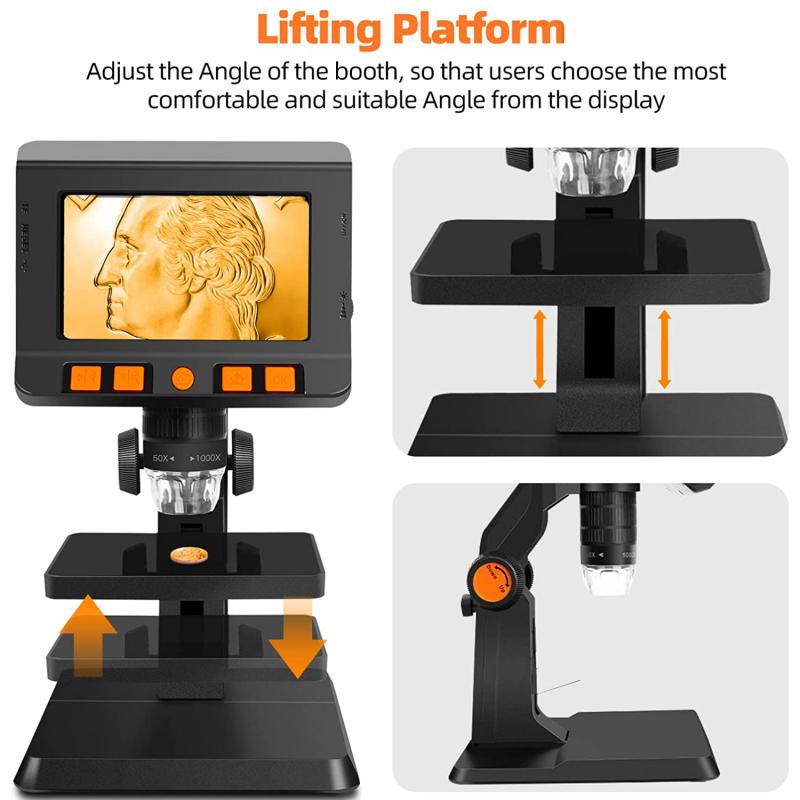








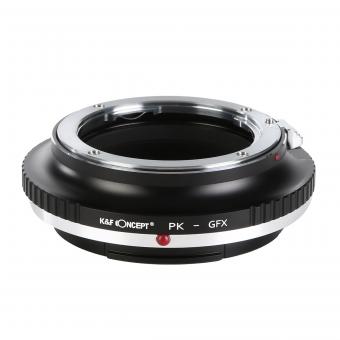
















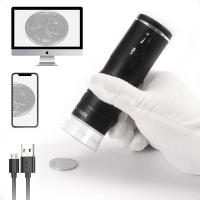



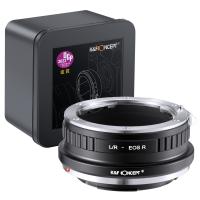










There are no comments for this blog.